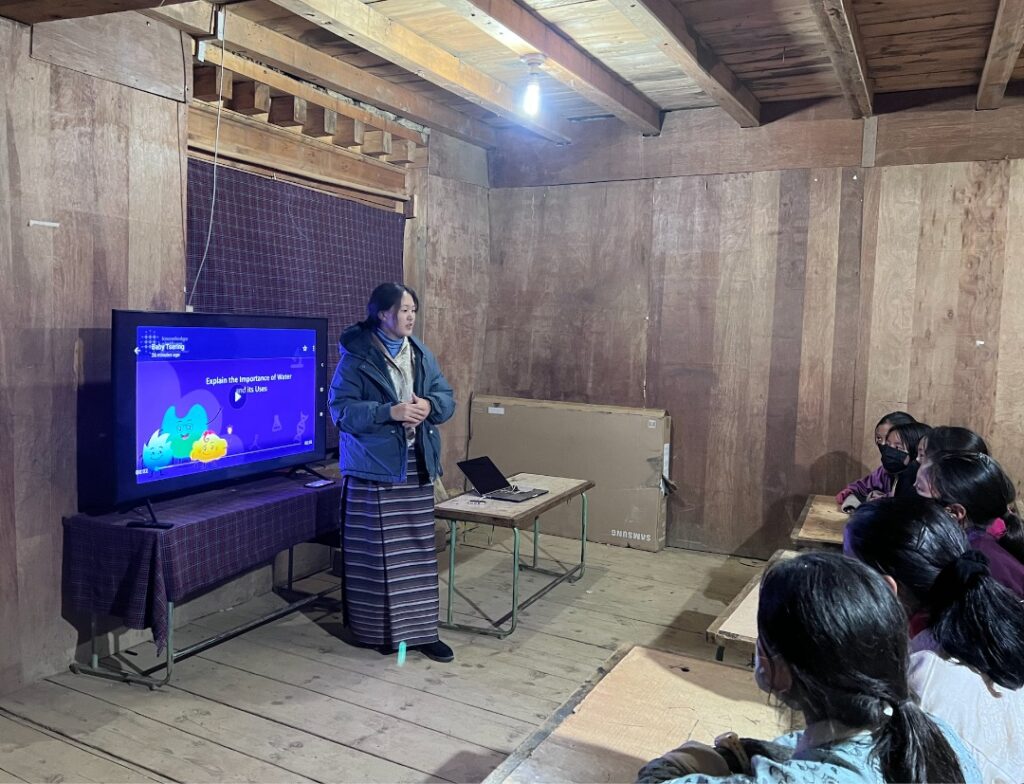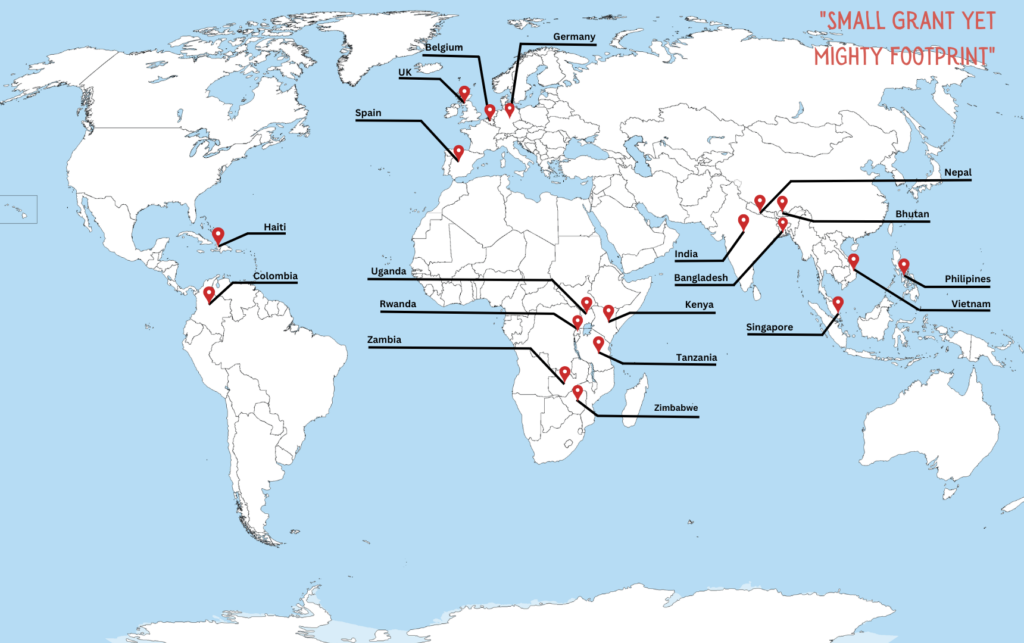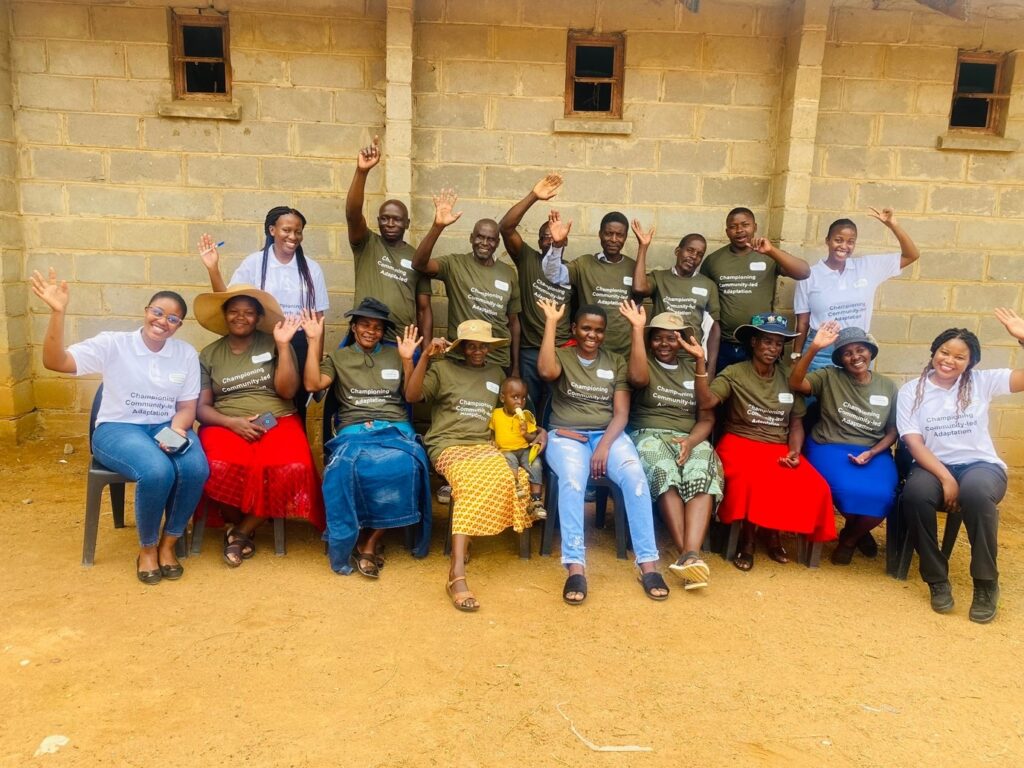The specter of climate change looms over the world, casting an ever-lengthening shadow of urgency and concern. The understanding of our planet’s vulnerability to climate change goes beyond scientific discussions and influences every aspect of global conversation, policies, and human life. This existential crisis demands collective action, innovative solutions, and a paradigm shift in how we approach environmental sustainability, societal progress, and the preservation of our shared future.
Grants vs. loans
In the context of the escalating climate crisis, discussions intensify on strategies for climate change adaptation and mitigation. Financial mechanisms like climate grants have emerged as a crucial approach in addressing the immediate needs of nations and communities profoundly affected by the relentless impacts of climate change. However, this pivotal debate on financial assistance from the Global North (the primary greenhouse gas emitters) to the Global South has sparked diverse discussions among experts. The contention primarily revolves around the preference for grants over loans in providing aid to vulnerable countries.
Experts argue that vulnerable nations necessitate grants due to their non-repayable nature, allowing struggling countries to address pressing climate-related issues without accumulating burdensome debt. In contrast, loans designated for climate adaptation projects often present challenges, particularly as these initiatives typically do not yield direct profits to repay the loans. This predicament becomes particularly burdensome for vulnerable countries, struggling to repay loans taken for vital adaptation projects amidst climate-induced challenges. Compounded by high-interest rates, loans can evolve into substantial financial burdens, exacerbating the plight of nations already reeling from the impacts of climate change. Despite this, IIED reports indicate that a significant portion of public climate finance is allocated as loans rather than grants, raising concerns about equitable access to financial assistance for those most in need.
Over the years, the practice of taking loans has become ingrained in vulnerable countries who are all too familiar with the process, its system, and the ensuing consequences. The cycle of debt perpetuates itself. It is particularly evident in places like Bangladesh’s coastal region, where annual cyclones wreak havoc on vulnerable communities. When infrastructure is damaged, these communities often resort to borrowing from influential individuals to rebuild their homes. Repeated cyclones force the community into a cycle of taking loans for reconstruction, deepening their debt each time a new one hits.
In mountainous disaster-prone areas, people resort to high-interest loans. Take the GRID Loan program in Nepal, which, despite seeming like climate aid, isn’t classified as such. It’s actually budgetary support for the government’s climate policies, not for climate adaptation. Though interest-free, it carries a 0.75% annual charge and spans 38 years, with repayments starting in 2028 and lasting until 2060, after a 6-year grace period.
More accessible funding
For climate justice, grants rather than loans make sense for vulnerable communities. But accessing funding from bodies like the Green Climate Fund is tough for many, including indigenous groups and other vulnerable populations. They lack accreditation and resources for the intricate application process. It’s not just indigenous communities; youth groups, local organizations, and even larger one’s face hurdles in applying for international funds to address climate challenges.
Passionate individuals and groups, whether working independently or as part of a network committed to climate justice struggle to access support because they lack formal registration or structure. This hurdle prevents them from getting funding, resources, and acknowledgment, despite their valuable contributions to vital environmental and social issues. Grants, in contrast, provide inclusive and accessible options. Their application process, usually simpler, allows a wide spectrum of diverse groups like women, youth, academics, researchers, and small organizations to easily access support, aligning with climate justice principles.
Grants often focus on those directly affected by climate change, and they don’t always need formal registration. Many programs prioritize aiding vulnerable communities urgently facing climate challenges, registered or not.

“A small grant, yet might footprint”
The Catalytic Grant Programme provides seed funding for locally-led adaptation practices. The programme was initiated by the International Centre for Climate Change and Development (ICCCAD) with financial support from GRP and the Climate Justice Resilience Fund (CJRF). It aims to address climate change’s impact and build resilience in the community.
ICCCAD has distributed 17 grants totaling $85,000 USD across global southern countries. While each grant is $5,000, they’ve sparked impactful change. Grantees are now seeking more funding to expand activities through programs like other climate leadership academies. These grants mark the first step toward the change we aspire to achieve.

With the positive impact of the grant, Heather McGray, Director, CJRF has said it is a “Small grant, yet mighty footprint,” highlighting how even limited funding can trigger substantial change, support vital initiatives, and amplify efforts across communities. It underscores the efficiency of using smaller grants to create impactful changes within specific areas or communities.
Grants spark change
Grants not just fund but also magnify practices. For vulnerable communities facing climate change, grants spark initiatives, boost confidence and open doors to more opportunities. When individuals or organizations get grants, they join a global network, sharing knowledge and collaborating with others.
Catalytic Grants drive change, making significant impacts worldwide. In Rwanda, they amplified the Loss and Damage Youth Coalition and raised awareness of local adaptations in the Hindu Kush Himalayas. From discovering indigenous knowledge in Zimbabwe to empowering women in finance in Latin America, these grants promote positive change across diverse communities and contexts.
3 steps for streamlining the grant-making process
Grants bring benefits but also pose challenges, especially in accountability within grant-making programs. Grantees might struggle to meet objectives or respond after getting upfront payments. To tackle this, the grant-making team can take these steps:
Firstly, conducting a thorough risk analysis before launching any grant-making program is essential. This proactive approach helps identify potential issues that the team may encounter during the implementation of the grant on the ground, allowing for better preparation and mitigation strategies.
Secondly, establishing a robust communication system within the team fosters a healthy work environment. Effective communication not only ensures that all team members are on the same page but also encourages grantees to remain engaged and committed to completing their work effectively.
Thirdly, emphasizing the benefits of completing the grant work within the stipulated time frame can be highly motivating. The grant-giving team may also offer assistance or refer grantees to other relevant activities that can help them scale up their work, creating a mutually beneficial scenario for both parties involved.
This approach ensures that both grantees and grantors achieve their objectives effectively. Additionally, maintaining communication with grantees beyond the project timeline through an alumni network can further enhance ongoing engagement and collaboration. This continued connection helps in building lasting relationships and ensures that the impact of the grant extends beyond the immediate project.

About the authors
Adiba Bintey Kamal has been working as part of the grant making programme for the last three years at ICCCAD. She can be reached at adiba.kamal@icccad.org
Rubina Adhikari is working as an associate at ICCCAD. Rubina was the recipient of the grant from a third cohort. She can be reached rubina.adhikari@icccad.org